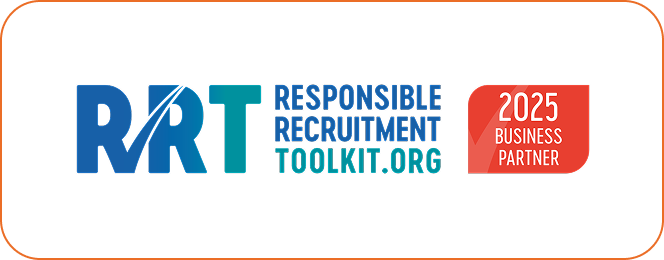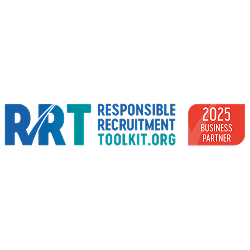
Your trusted
Logistics & Transport
Recruitment partner
At Elite Logistics & Transport Recruitment, we’ve been keeping business and careers moving since 2014. Whether you’re a company looking for reliable, compliant staff or a candidate searching for your next opportunity, our specialist team is here 24/7 to deliver results.
We supply skilled Drivers, Warehouse staff, and Transport & Logistics professionals across the North West, Midlands and Yorkshire. With a focus on quality, compliance, and a personal service, we partner with leading Transport & Logistics companies to deliver Recruitment solutions to meet their company goals.
With Elite, you gain a trusted partner who understands the demands of the industry and is commited to your success.

Your trusted Logistics & Transport Recruitment Partner

We’re Specialists
Specialising in recruitment for the logistics, transport & warehouse industry.

We’re Experienced
Recruiting since 2011, we’re an experienced team ready to help you find your next role.

We’re
Elite
Delivering an elite recruitment service to companies looking for staff and people looking for work.

Looking for Work?
Looking for your next step in Driving, Logistics, Transport, or Warehousing?
At Elite, we work with leading employers to match you with roles that fit your skills, lifestyle, and ambitions. Whether you’re after a temporary role for flexibility or a permanent position to build your career, we’ve got opportunities to suit you.
From HGV Driving and Warehouse to Logistics & Transport Office roles, we’ll guide you through the process, keep you updated, and make sure you’re supported every step of the way. With Elite, you’re not just finding a job, you’re working with a recruitment partner who truly understands your industry.

Looking for Staff?
When your business needs people, you need them to be the right fit and fast.
At Elite Logistics & Transport Recruitment, we specialise in supplying fully compliant, skilled staff across the Driving, Warehouse, Logistics and Transport sectors. Whether you’re looking for temporary cover at short notice or a permanent hire to strengthen your team, our experienced recruiters deliver reliable solutions that save you time, reduce risk, and keep your operation moving. With Elite, you gain a trusted partner who understands your industry and is committed to delivering quality and reliability every time.

All staff have full compliance checks prior to placement

24 hour on-call service, always on hand to help

Staff can be available at short notice
All staff have full compliance checks prior to placement
24 hour on-call service, always on hand to help
Staff can be available at short notice
THE UK’S NUMBER ONE HGV RECRUITMENT AGENCY
HGV Recruitment Agency
In the heavy goods vehicle (HGV) industry, Elite Employ has a long track record of connecting talented individuals with top-tier employment opportunities. Whether you’re seeking employment or looking to hire, we’re committed to helping both.
Due to our extensive experience in the HGV sector, we understand the unique requirements and needs. Whether it is long-haul trucking or local deliveries, we are the UK’s top HGV recruitment agency. We help with screening, and placing highly skilled HGV drivers across the UK. We work closely with our clients to find the right candidate who fits seamlessly into their organisation and meets their specific needs.
HGV Recruitment is what we do, and we have a large portfolio of candidates who are both HGV class 1 drivers and HGV class 2 drivers. To find out more about our HGV driver agency, you can view our dedicated HGV recruitment page below.
Our
Latest Blogs


Our
Latest Blogs



Our Latest Blogs








SIGN UP FOR THE NEWSLETTER
Newsletter
We will get back to you as soon as possible.
Please try again later.
















